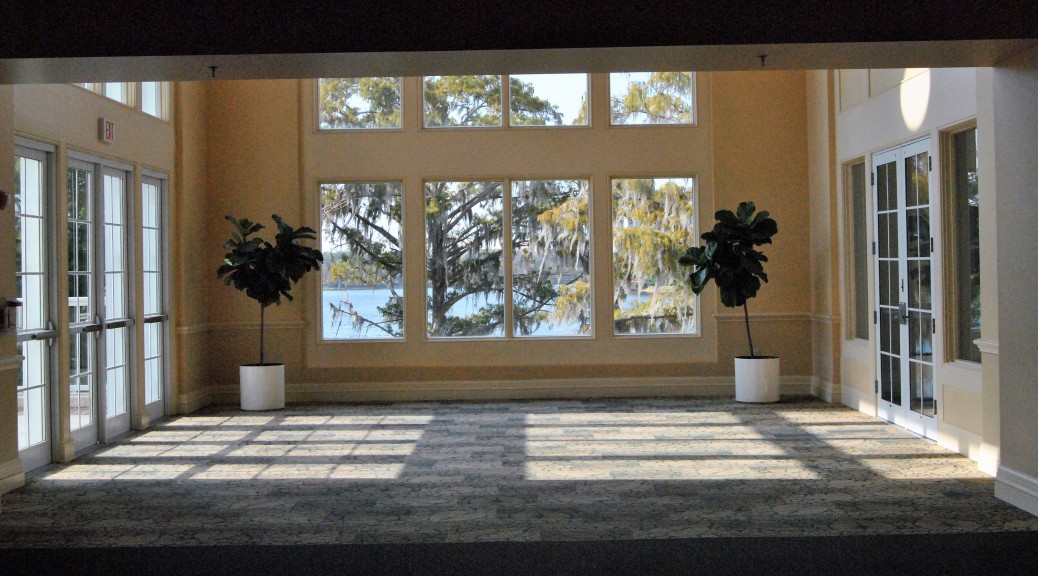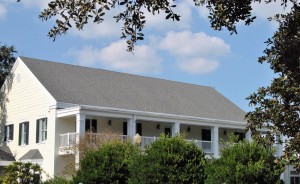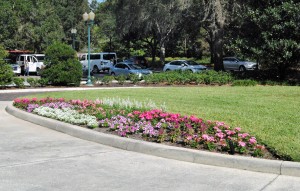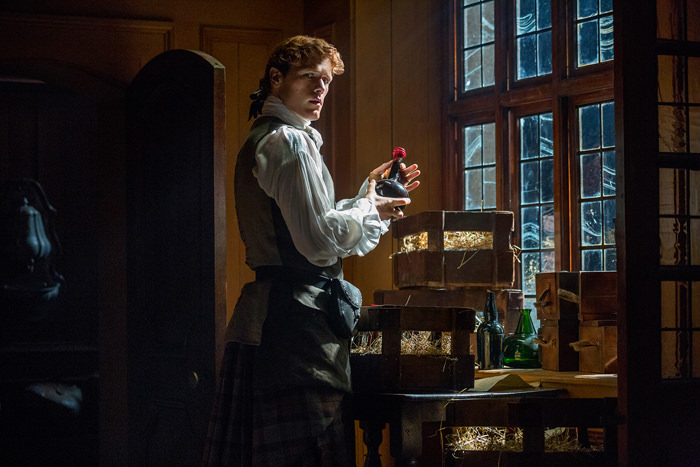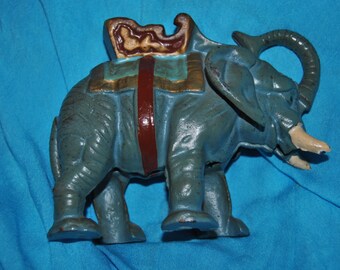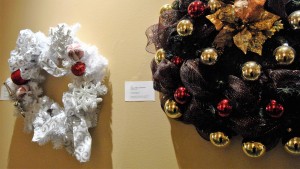but they are still, perhaps, more difficult to get at as 20th-century (now 21st–me) London is vital and busy above them……” Quotes today are from
London, Architecture Sculpture Painting
Text by David Piper–World Culture Guides
Pictures are mostly except this one—on a garbage dumpster and this one
which is an older section of Orlando—this type of home was popular in the 1920’s but I have no idea when these particular ones were built.
Well the weekend is over and we spent all of Sat. at the Leu Gardens..where we toured the house and wandered the beautiful grounds (picture below and the main as well as all others of my personally taken ones)
And today we’re finishing up our ramblings of last week on interesting places that you might not know existed—and today it’s one of my favorite cities: Yes LONDON
Oh and there will be Jamie….as I haven’t given up on getting thru Droughtlander.
“No one would claim that London or England from the 12th c through the 16th–that is, through the Middle Ages–was a halcyon period of peaceful consolidation and growth. Still, certain characteristics were established then, and the society that formed them also–in its institutional buildings at any rate–produced a number of buildings of such monumental sale and durability that they have lasted till today.
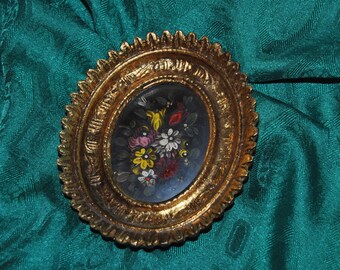 ORIGINAL Oil Painting from Tara Productions 5 inches Flora Framed $26.00
ORIGINAL Oil Painting from Tara Productions 5 inches Flora Framed $26.00
https://www.etsy.com/listing/467189906/original-oil-painting-from-tara?ref=shop_home_active_44
PLACES THAT MIGHT BE OF INTEREST IN LONDON

CAMDEN MARKET
Some place I definitely want to go next time (2020)…this particular picture is of the former stables area.
Camden Market was originally called Buck Street Market. Is on (of course) Buck St. in Camden Town which is in an attractive cobbled area around the canal.
It was founded in 1974 and in some guide books is referred to as Camden Locks Market.
In addition to hand made jewelry and clothing there are wholefoods, boos, records and antiques…but a big draw is the atmosphere–especially on the weekends with hawkers and street performers. On the weekends this area rivals Petticoat Lane in its selling and merriment.
This was the area of Camden’s manor surrounded by cow pastures was inherited by John Pratt (well actually his wife ) who became the 1st Earl of Camden (1749) but not a lot was done in the way of building until the Camden Locks was built as a branch off Regent’s Park Canal, where barge owners unloaded their stores of lumber, bricks and coal into storage areas. In 1937 the Oval Road’s bridge was added. Many of the old Victorian warehouses are now craft studios, cafes and shops.

“Through the 16th c the English attitude to the artistic principles; behind the Italian Renaissance was somewhat coy and superficial.”
HOW ABOUT A FEW ALLEYS?

ARTILLERY LANE
In Spitalfield (long a home of refugees starting with Huguenot weavers many of whom’s homes still stand with their sky-lit attics where the weavers made fine silk cloth, followed by Jewish refugees from Russia and Poland…by the 1970s it was Bengali immigrants, who also work producing garments. Many of the buildings in the area have been restored.). This area was originally outside of the London walls and was once a military training area under Henry VIII. The name refers to the area that was originally for artillery training and at once time held a barrocks for artillerymen. #56 along the alley is a rare example of an 18th-c storefront.
CHANGE ALLEY
originally Exchange Alley
Site of Robens, Garroway and Jonathon’s Coffee House in the 17th century. It became the place to meet for stock dealers who weren’t welcome at the Royal Exchange and eventually gave raise to the Stock Exchange. All were burned down along with a fair share of the area in the middle of the 18th Century.

“The Great Fire of London started late on a Saturday night, 1 Sept. 1666, in a baker’s shop in Pudding Lane. …Driven by a fierde east wind, the flames spread, uncheckable, through the densely packed inflammable City.
And we can’t forget Justice

THE OLD BAILEY
Got its name because it was built along the old London wall (Bailey)The court originated with the notorious Newgate Prison and the current building dates from the early 20th century–though some of the bricks were re-purposed from the demolished Newgate. Originally open air construction to lessen the risk of judges and jurors catching “goal fever”. To this day (on special legal calendar days) the judges carry small posies to court to remind them of the days when the horrible condition of the adjoining Newgate scented the air. The River Fleet runs under the building and a remnant of the old still prison–the walk to the gallows–still remains.
The building was damaged by the Luftwaffe in the 1940’s and the IRA in the 70ths but has been restored and is still going strong. Across the street the Magpie and Stump used to serve “execution breakfasts” until 1868 when the hangings outside the prison (and open to spectator’s view) were stopped. By the way the figure of justice at the top of this building does not wear the traditional blindfold but is wide eyed and (if she was real) able to see.

“In the Blitz, St. Paul’s sustained only one direct hit of consequence, but the area all round was laid flat. Once again, as in 1666, the opportunity existed of creating a setting that would reveal the cathedral in all its majesty, and once again the property values of commercial London made this impossible….”
AND ONE MORE TIME
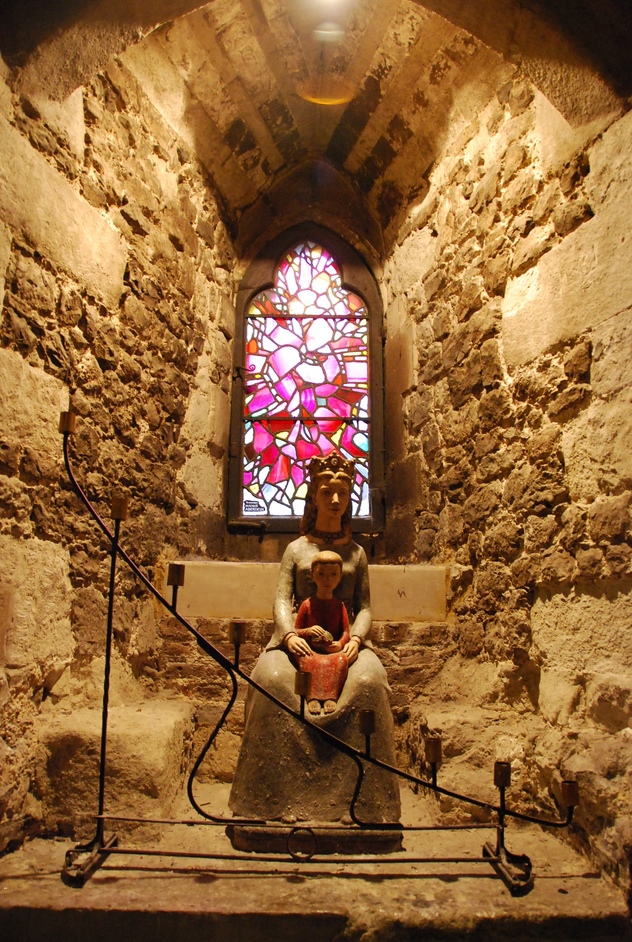
ST. ETHELDREDA’S
Once the Bishop of Ely built a great place in this area during the time of Edward I (think the King fighting Wallace in Brave Heart). As was the custom anywhere in the realm the property of the bishop fell under his Sea (of Ely) and not under the city government it was built in. From 1316 on places, orchards, vineyards etc covered 58 acres. John of Gaunt son of Edward III (the grandson of the last king we mentioned and the son of the wimpy prince and the feisty French princess in the same movie) and the father of Henry IV–stayed here after his own palace was looted and burned by Watt Tyler and his minions during the peasant revolts. Gaunt remained here until his death in fact.
All of this eventually was destroyed save for the chapel and the tranquil close built around it sets on a private road which is (the road) now owned by the crown and closed nightly. The church (c. 1300) which is now popular for weddings, was a survivor as was the Ely House, but both were acquired by an Elizabethan courtier who had the house demolished and the church converted to a Protestant worship, but it has changed hands many times since and is now a Catholic house of worship (since 1874).
It is a rare example of a 13th century chapel (it is all that’s left of Ely Castle and is the only Building of it’s age surviving in London today and contains a tracery, stained glass and a Café in the Crypt.

“out of the 1711 Act there did grow some of London’s most famous, and most loved, churches. Wren was now an old man, and the varying styles of the new churches represent both a development from and a reaction against, his urbane eclecticism.”

 Knowles 1988 Little Red Robins #4132 A Plate
Knowles 1988 Little Red Robins #4132 A Plate
“Though the decoration that enlivened the interiors of London’s dwellings is even more subject to change and decay than the fabric itself, nevertheless the collections–scientific, learned and artistic–that London ca n now show to the world are not to be surpassed in their overall variety, richness and quality by those of any other city in the world.”

